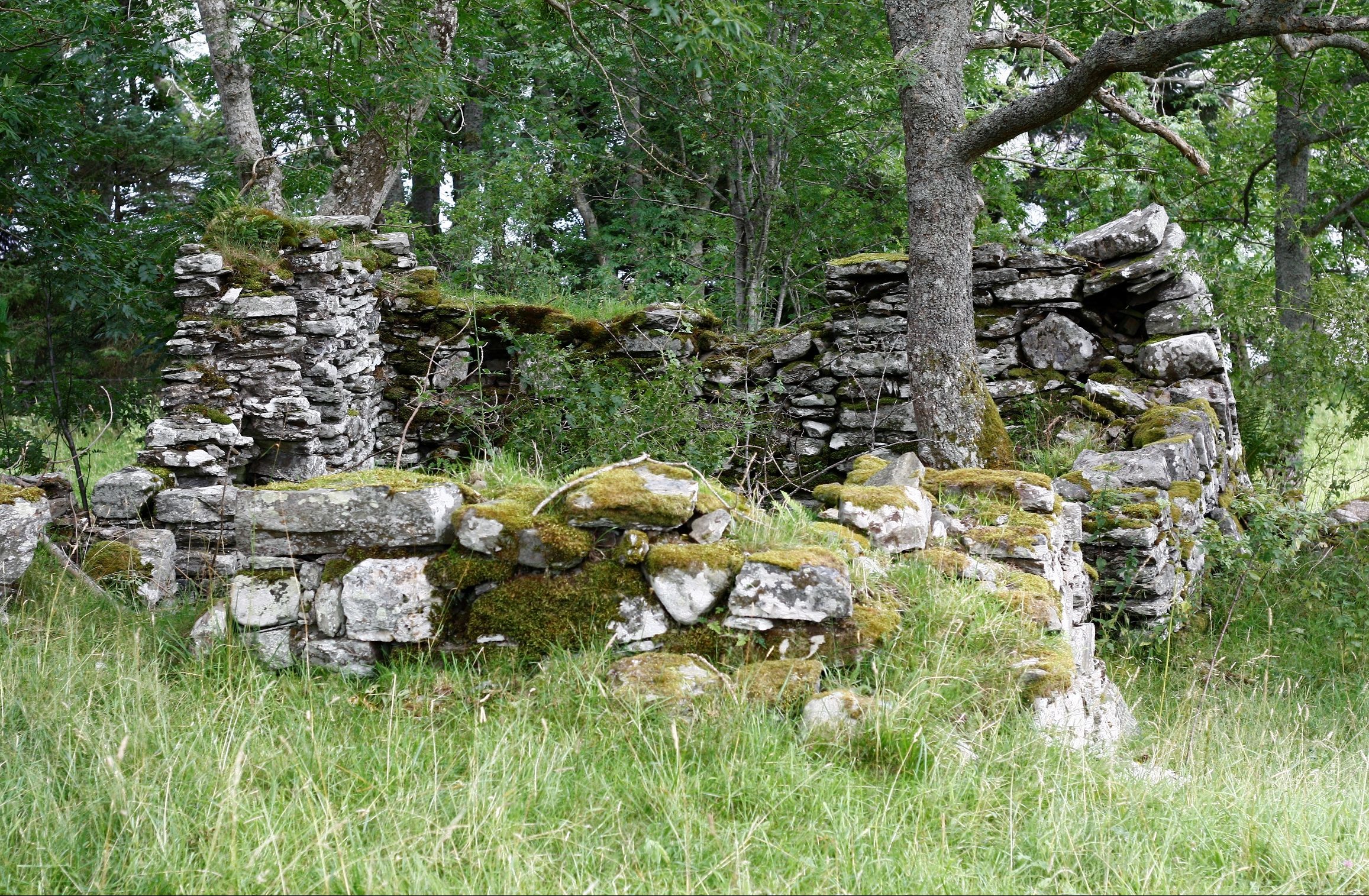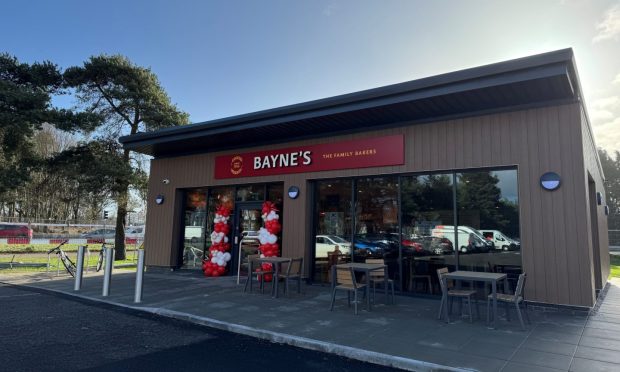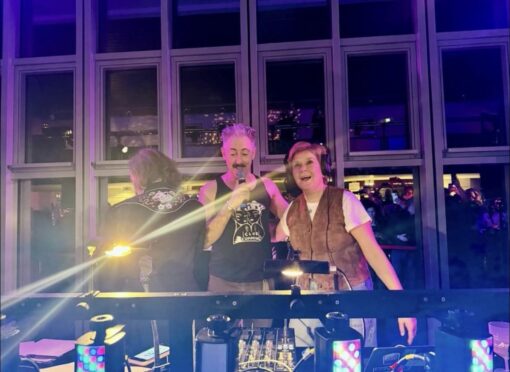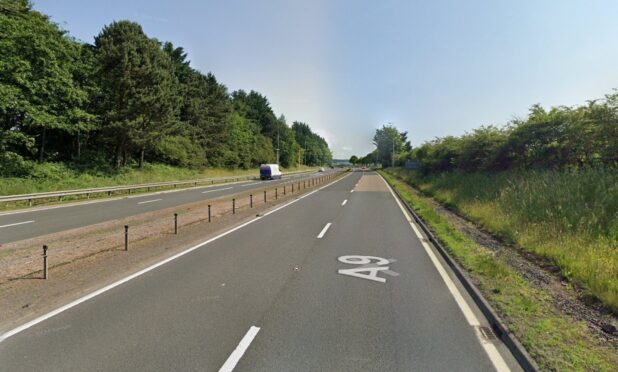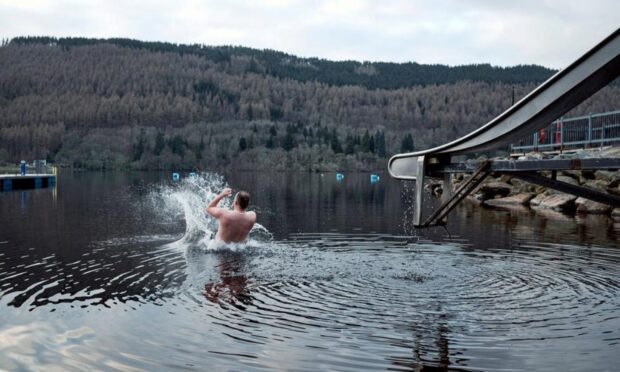The haunted ruins of an ancient village on the shores of Perthshire’s Loch Tay are for sale for offers over £100,000.
The old village of Lawers offers a unique opportunity to acquire a deserted, ruined lochside village with many romantic and historical associations — compete with ghost.
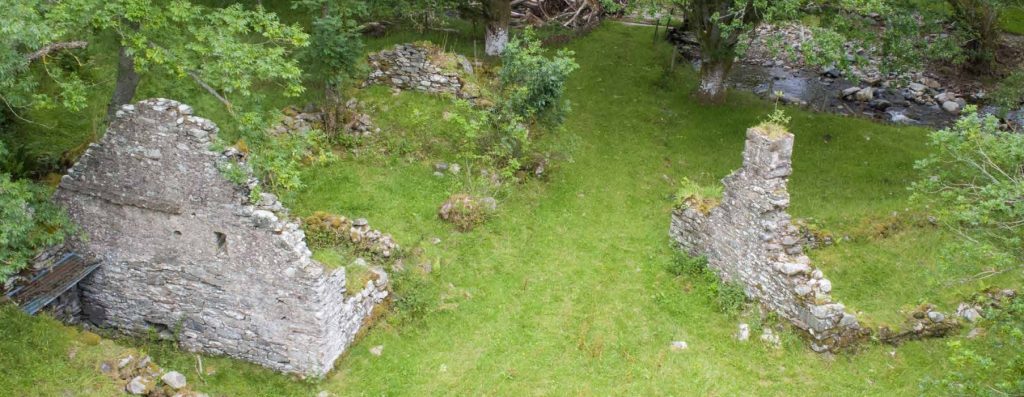
The most notable connection is to a soothsayer, the Old Lady of Lawers, who predicted the coming of the railway and the construction of steam ships and is now thought to haunt the site.
Jon Lambert, of selling agent John Clegg & Co, said: “An opportunity such as this to acquire part of Scotland’s historical heritage in what many believe to be the most beautiful part of the country arises very rarely.
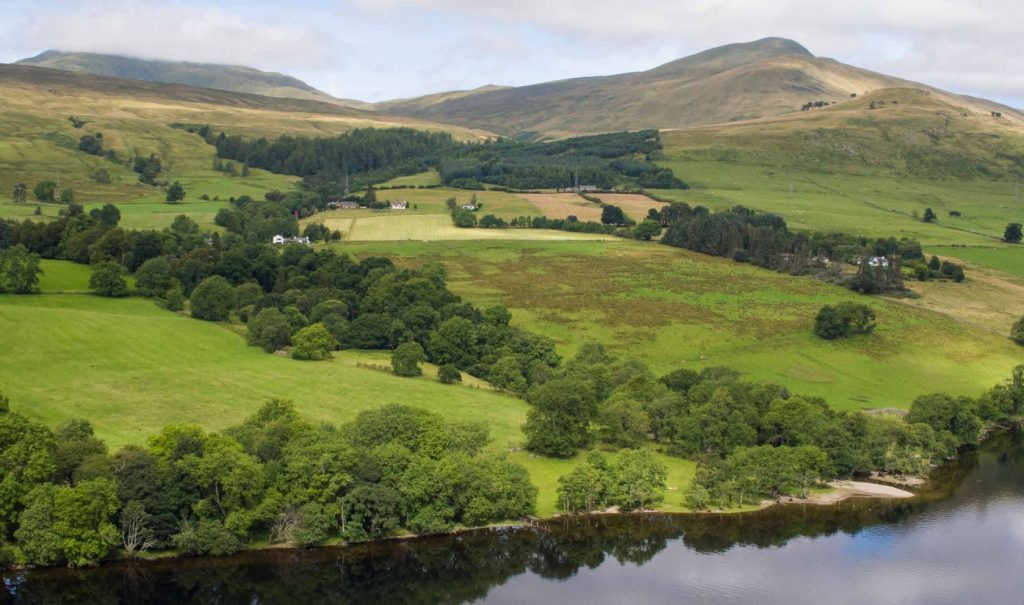
“The word ‘unique’ is overused but there can be very few times when it is so appropriate as with this chance to be the owner and custodian of an area so rich in history, romance and tradition.”
The three-acre site comprises ruins — scheduled ancient monuments — at each end with an ‘in-field’ in between, on which the villagers farmed.
The ruins of the House of Lawers, at the western end, are said to stand on the site of an earlier house razed to the ground by the Marquis of Montrose in 1645. Also in the western part is the remains of Lawers Kirk, which dates from 1669.
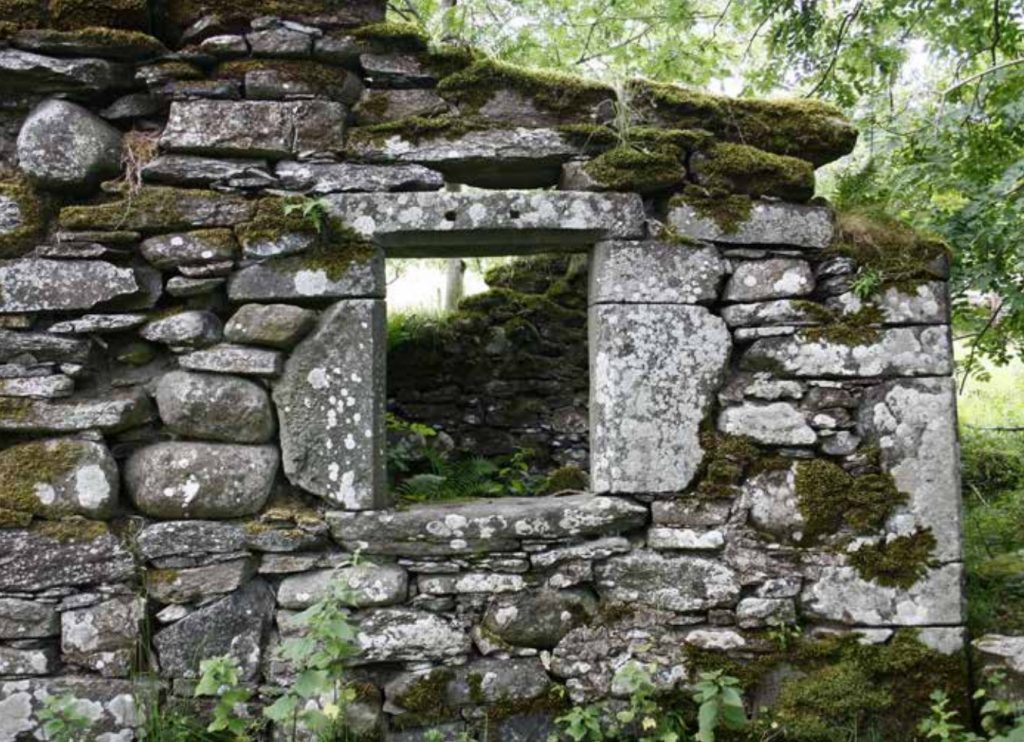
The ruined buildings to the east include a mill and a kiln, evocative of an early modern settlement on the banks of the loch and the edge of the stream which powered the mill.
“It is easy to imagine the life of the little community with the peat smoke rising from the fires,” said Mr Lambert.
The 1841 census suggests that there may have been 17 people living by the loch in the old village. By 1891 there were only seven people, all of whom lived in the pier master’s house which was abandoned in 1926.
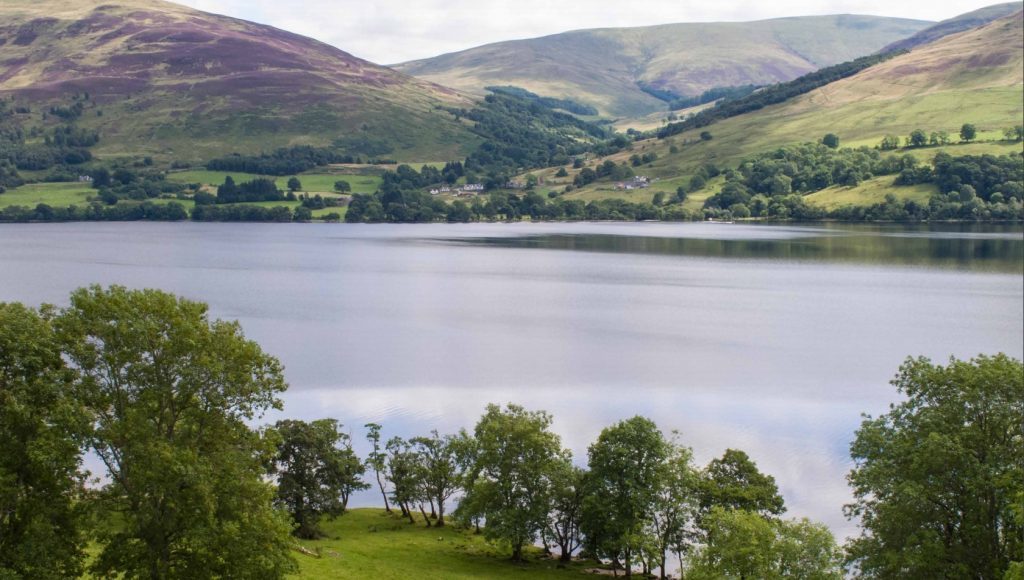
The open ground between the two ruins runs down to the water’s edge and gives loch views and an area where the owners of the site can fish for trout, picnic or camp.
The new owners will need to work with Historic Environment Scotland in safeguarding the ruins and grants may be available. The area is also subject to a conservation agreement with the National Trust of Scotland, who would need to approve any work undertaken on site.
A Lady of vision
The last occupant of the House of Lawers was Lady Lawers, who is remembered for various prophecies which some people believe came true.
She is thought to have been a Stewart of Appin, Argyll, and to have been the wife of one of the lairds of Lawers in the 17th century.
When she referred to ‘fire-coaches’ crossing the Drumochter Pass, she is said to have predicted the coming of the railway.
She is supposed to have planted an ash tree at the north end of the church and said that when it grew to the height of the little spire the church would fall.
In fact the church was damaged so badly in a thunderstorm in which the ash tree perished that it was never used again.
“A ship driven by smoke will sink in Loch Tay with great loss of life,” she said, long before the construction of steam ships, one of which did sink in the loch.
Perhaps unsurprisingly the site is said to be haunted to this day by a female, presumably Lady Lawers.
